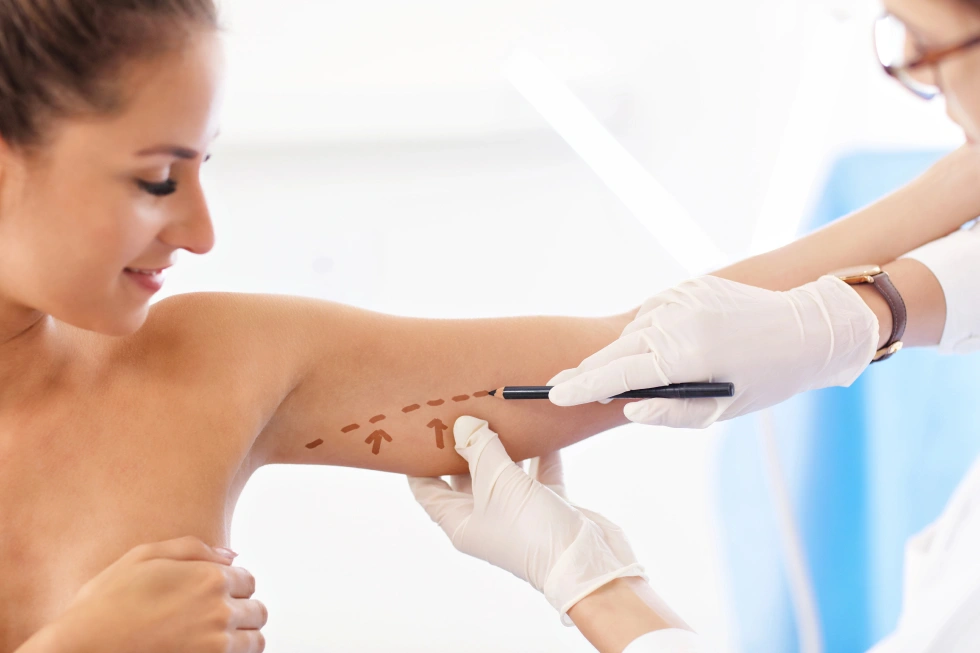Hyperbaric Oxygen Therapy (HBOT) has become a valuable tool in the recovery process after plastic surgery, enhancing healing, reducing inflammation, and supporting tissue regeneration. But the key to optimizing its benefits lies in knowing how often to undergo treatment. In this article, we’ll dive into how to maximize results with HBOT, offering insights on the ideal frequency and factors that influence it, ensuring you achieve the best possible outcome from your procedure.
What is Hyperbaric Oxygen Therapy?
Hyperbaric Oxygen Therapy (HBOT) is a treatment that involves breathing 100% oxygen in a chamber pressurized to higher than normal atmospheric levels. This method increases the oxygen available to tissues, which can significantly accelerate healing. For plastic surgery patients, HBOT aids recovery by enhancing circulation, reducing swelling, and promoting collagen production, which is essential for skin repair. It’s particularly useful after procedures like liposuction, tummy tucks, or breast augmentations, as it speeds up the healing process and reduces the risk of complications.
Benefits of Hyperbaric Oxygen Therapy After Surgery
- Accelerates healing by boosting oxygen supply: HBOT floods tissues with concentrated oxygen, enhancing cell repair, promoting collagen production, and speeding up the closure of surgical wounds in ways traditional healing cannot.
- Reduces swelling and bruising significantly: Increased oxygenation improves microcirculation, helping the body clear fluids and blood trapped under the skin faster, leading to a smoother, less painful recovery.
- Minimizes the risk of post-operative infections: Oxygen-rich environments are hostile to many bacteria. HBOT strengthens the immune system’s response, reducing complications like wound infections without heavy reliance on antibiotics.
- Enhances scar quality and skin regeneration: By stimulating fibroblast activity and new blood vessel formation, HBOT supports better scar outcomes — softer, flatter, and less visible scars over time.
- Lowers pain and discomfort naturally: Patients often report a noticeable decrease in post-surgical pain due to reduced inflammation, allowing for lower doses of prescription painkillers and fewer medication side effects.
- Shortens total recovery time: HBOT can help patients return to their normal routines more quickly by accelerating overall tissue repair and energy restoration, making it particularly valuable for busy professionals.
- Supports optimal surgical outcomes: By improving every phase of wound healing, HBOT can help ensure that the aesthetic results of surgery — whether body contouring or facial rejuvenation — meet or exceed expectations.
How Hyperbaric Oxygen Therapy Enhances Healing
Hyperbaric oxygen therapy (HBOT) doesn’t just deliver oxygen—it transforms the healing environment at a cellular level. By flooding the body with 100% oxygen under increased atmospheric pressure, HBOT dissolves oxygen directly into the plasma, allowing it to reach damaged tissues that red blood cells may not effectively access post-surgery. This boosts angiogenesis, the formation of new blood vessels, which is crucial in areas traumatized by incisions or liposuction. It also reactivates dormant cells that may have been oxygen-deprived due to swelling or surgical disruption. Additionally, HBOT has been shown to mobilize stem cells from the bone marrow to the bloodstream, helping regenerate tissues from within. These regenerative effects are not commonly discussed in standard post-op care, yet they offer patients a clear advantage when healing from body contouring, breast procedures, or facial surgeries. This internal optimization creates a more resilient recovery process—something modern aesthetic medicine is just beginning to fully embrace.
How Often Should You Do Hyperbaric Oxygen Therapy?
The ideal frequency of hyperbaric oxygen therapy (HBOT) depends on the type of procedure, your baseline health, and how your body responds to surgery. For most plastic surgery patients, a series of 5 to 10 sessions within the first two weeks post-op yields optimal benefits. However, emerging evidence suggests that spacing sessions strategically—daily for the first 3–5 days, then every other day as healing progresses—can extend the window of accelerated recovery while preventing diminishing returns. Some providers overlook the role of oxygen saturation plateauing if overused too quickly. Patients with comorbidities like diabetes or smokers often require a tailored protocol, as tissue oxygenation may be compromised. Additionally, initiating HBOT within 24–48 hours post-op is increasingly seen as the sweet spot for maximizing stem cell mobilization and reducing inflammation before it becomes chronic. Personalized HBOT plans—not one-size-fits-all routines—are key to unlocking its full regenerative potential.
Best Practices for Hyperbaric Oxygen Therapy
Timing Is Everything
Initiating hyperbaric oxygen therapy (HBOT) within the first 24–48 hours post-surgery offers a strategic advantage. This early intervention phase helps reduce post-operative swelling and improves oxygen delivery to compromised tissues when healing is most active.
Customize Based on Procedure
The intensity and frequency of HBOT should be customized depending on the specific cosmetic procedure. Patients undergoing liposuction or tummy tucks may benefit from shorter but more frequent sessions, while those with fat grafting procedures may require longer-term therapy to support graft survival.
Stay Hydrated and Nourished
What many don’t realize is that oxygen delivery at the cellular level also depends on systemic hydration and adequate nutrition. Staying well-hydrated and consuming protein-rich, anti-inflammatory foods can help maximize the cellular uptake of oxygen.
Monitor Pressure Levels
Not all hyperbaric chambers operate at the same pressure. Treatments around 2.0 ATA (atmospheres absolute) have shown optimal balance between therapeutic effect and patient comfort without increasing risk for oxygen toxicity or sinus irritation.
Maximizing Results with Hyperbaric Oxygen Therapy
To truly maximize results with hyperbaric oxygen therapy (HBOT), consistency and synergy are key. While many clinics emphasize session frequency, what’s often overlooked is the importance of combining HBOT with other recovery-enhancing strategies. For example, pairing HBOT with lymphatic drainage massage can accelerate detoxification and reduce inflammation more effectively. Likewise, managing stress through breathwork or guided meditation before a session may improve vascular tone, allowing oxygen to perfuse more efficiently into tissues. Timing your HBOT sessions to coincide with natural tissue repair cycles—such as during the first 7–10 days post-surgery—amplifies collagen formation and reduces the risk of scarring. Additionally, avoiding alcohol, nicotine, and certain over-the-counter medications during your HBOT cycle can dramatically improve its effectiveness. This integrative, mindful approach to HBOT is what differentiates optimal outcomes from average ones, yet it’s rarely discussed in most post-operative recovery protocols.
Conclusion
Hyperbaric oxygen therapy offers more than just faster healing—it supports a smoother, safer recovery and enhances the quality of your surgical results in ways many patients and providers overlook. When integrated strategically and consistently, HBOT can become a cornerstone in your overall aesthetic journey, promoting resilience, reducing inflammation, and supporting cellular regeneration. Whether you’re recovering from a tummy tuck, liposuction, or other cosmetic procedures, personalized oxygen therapy can make a measurable difference. To learn more about how HBOT can support your goals, visit us at RAM Plastic Surgery or call (312) 337-3010 to schedule an appointment today.







